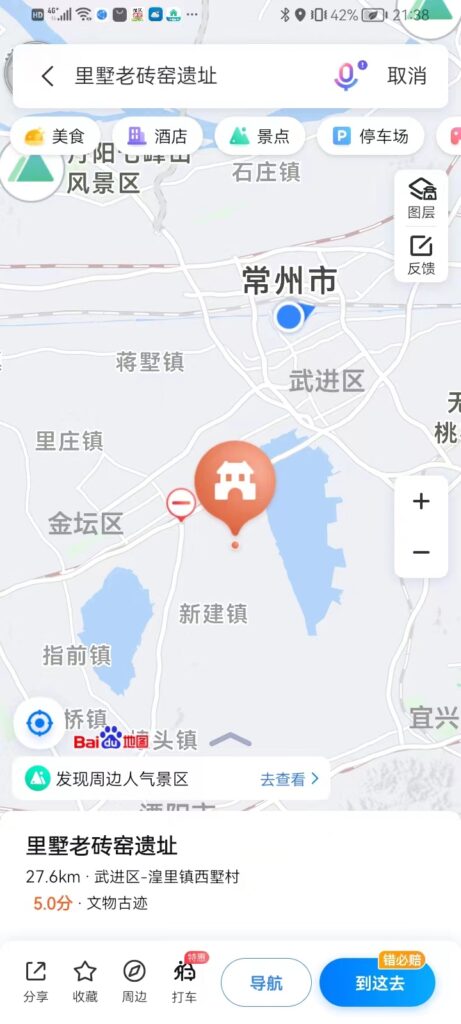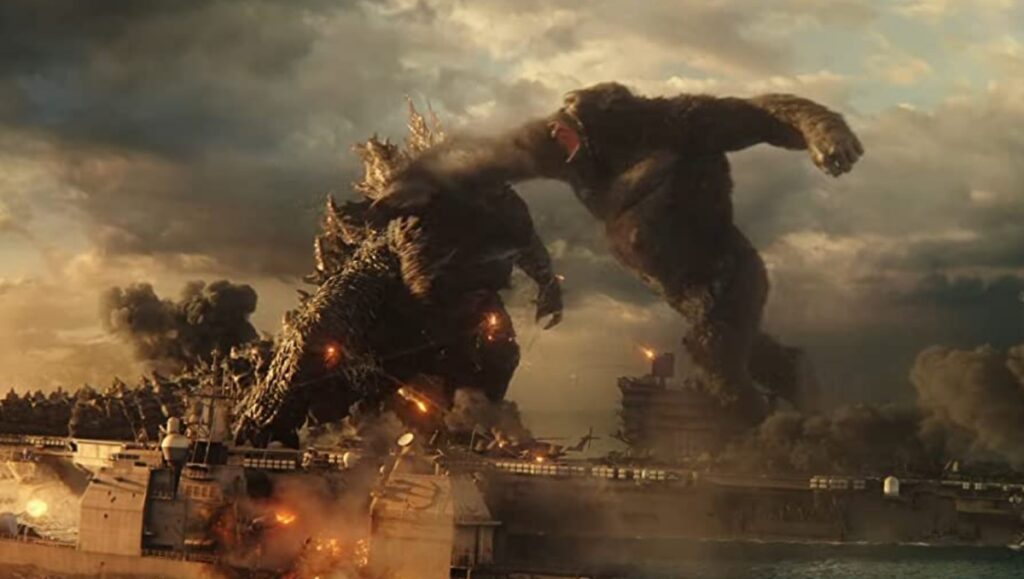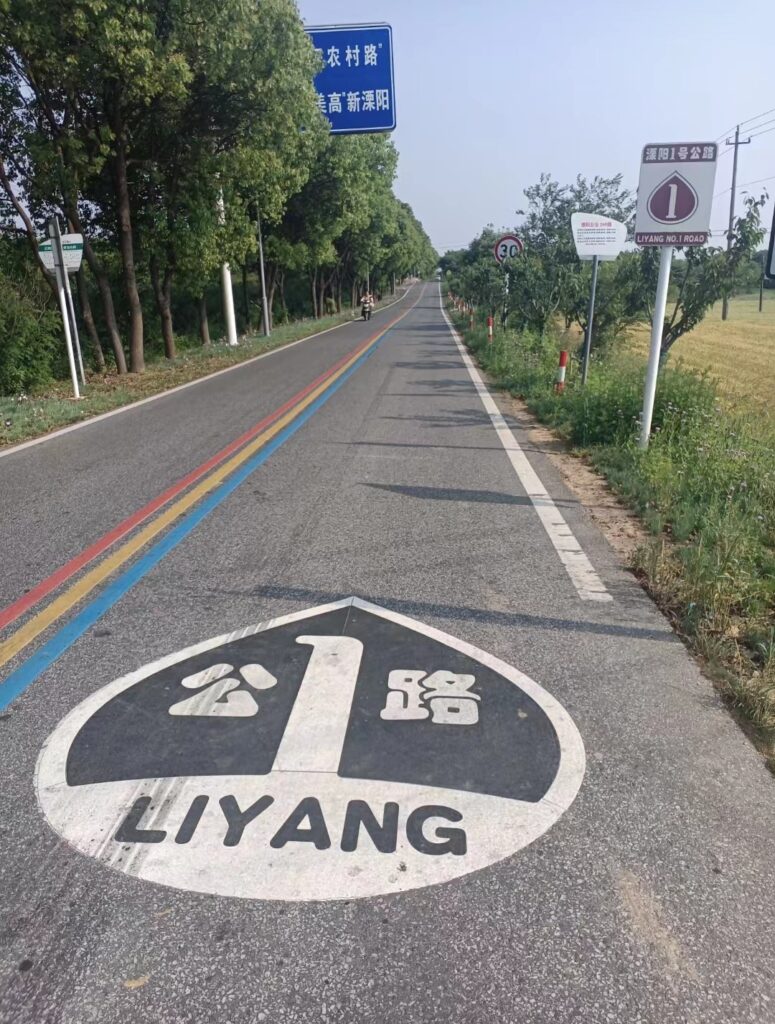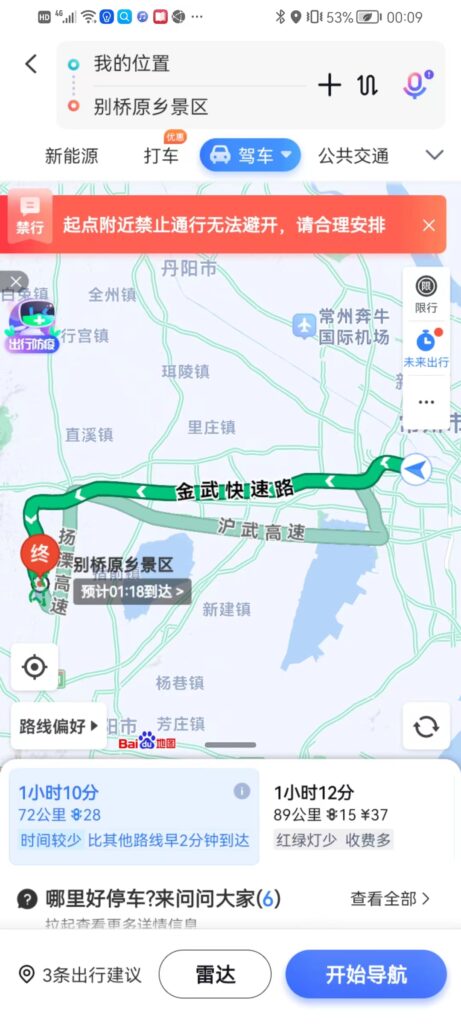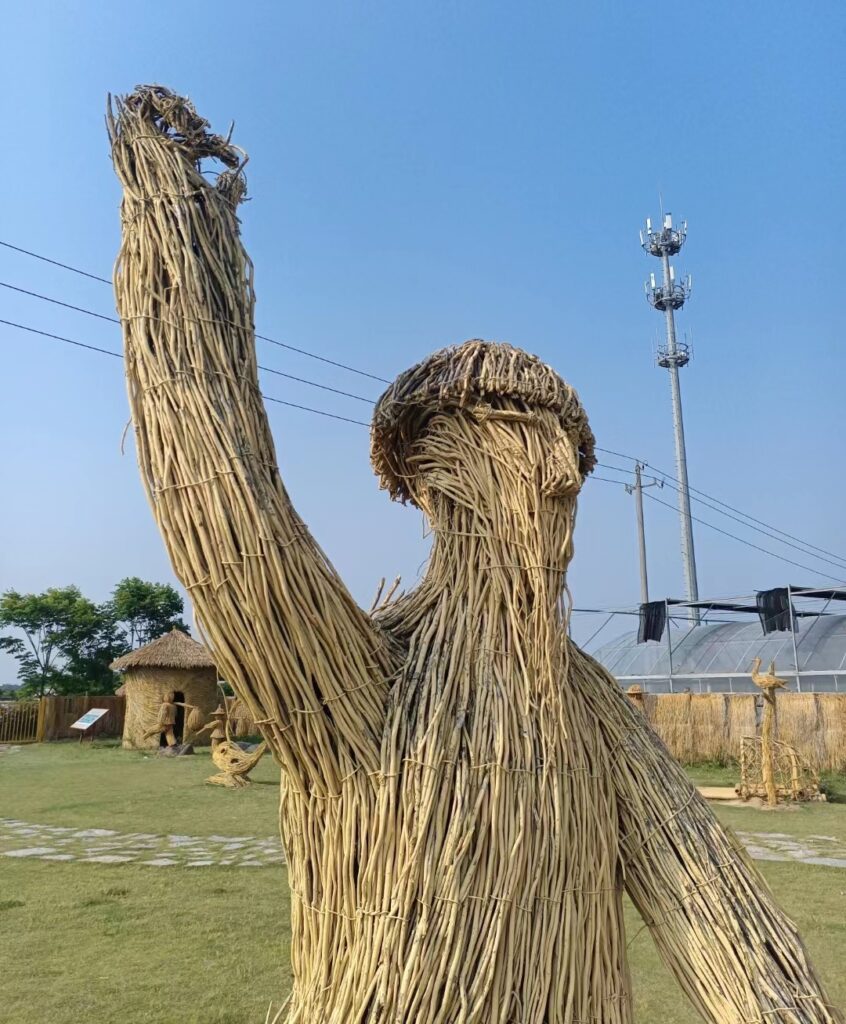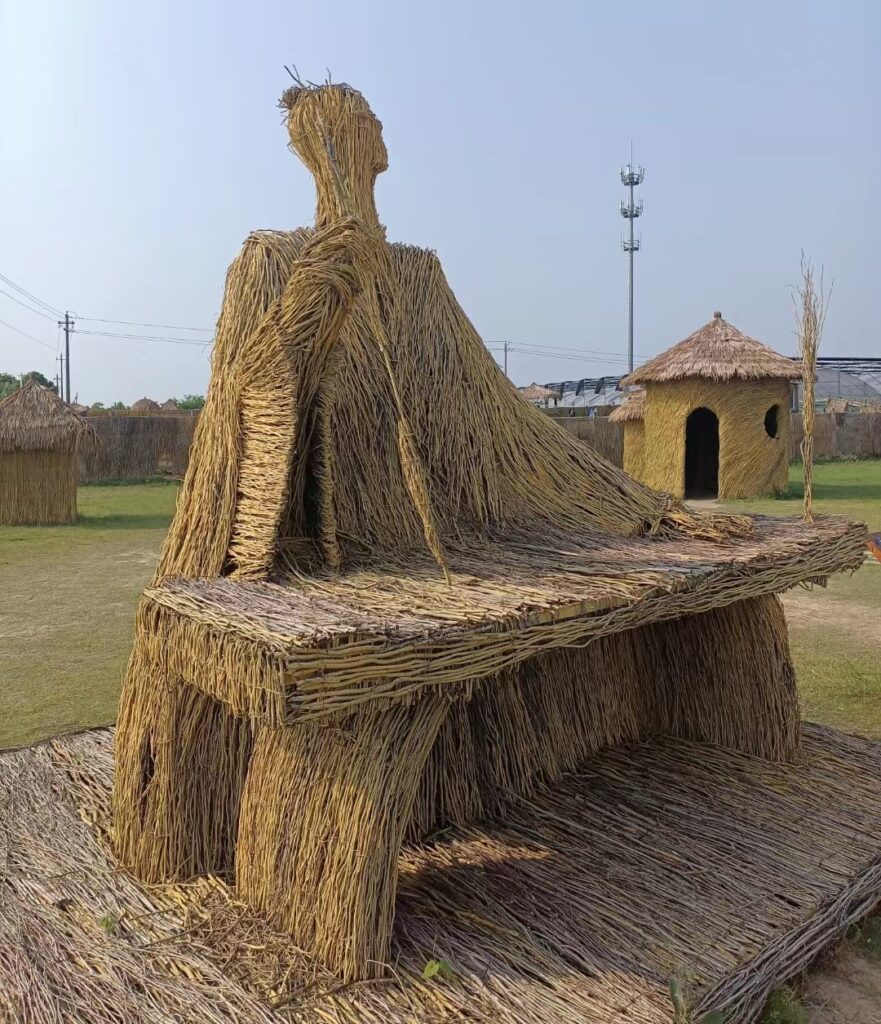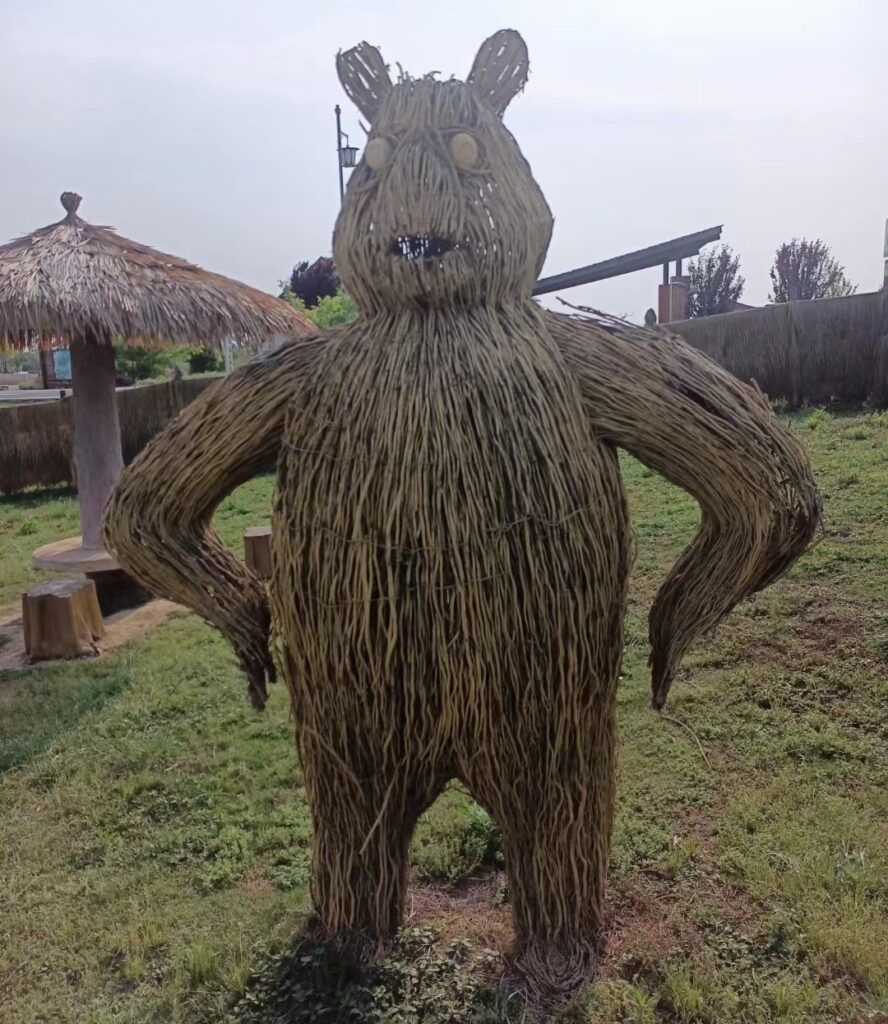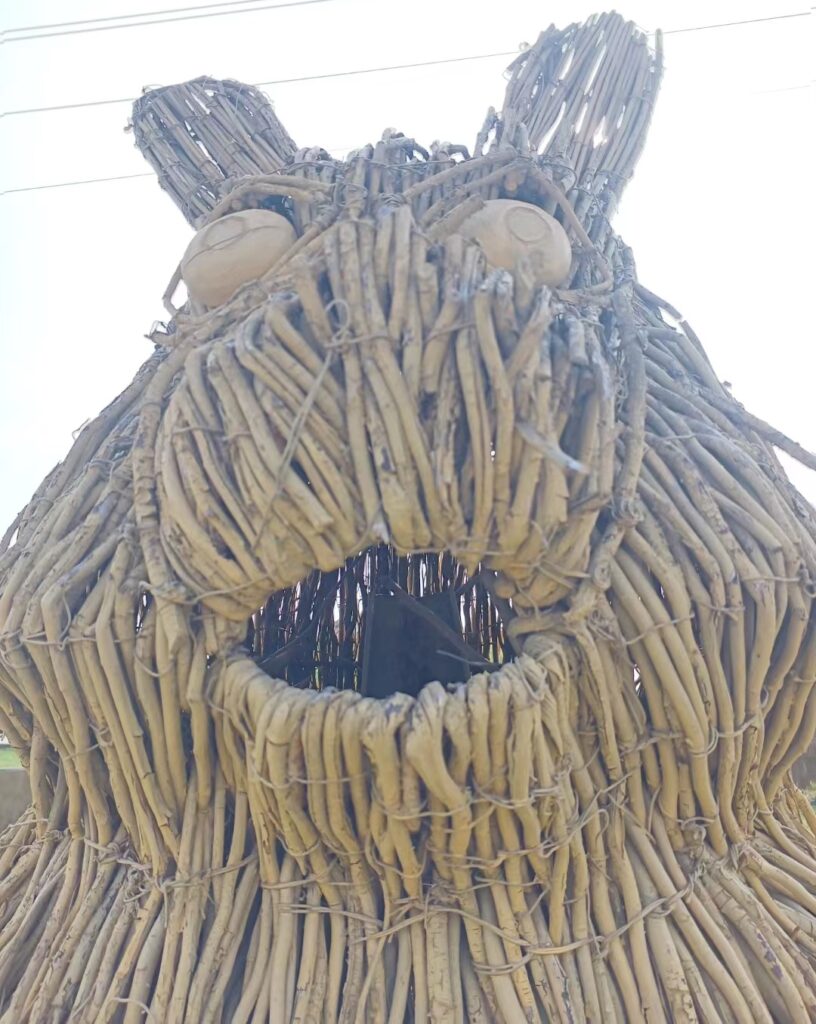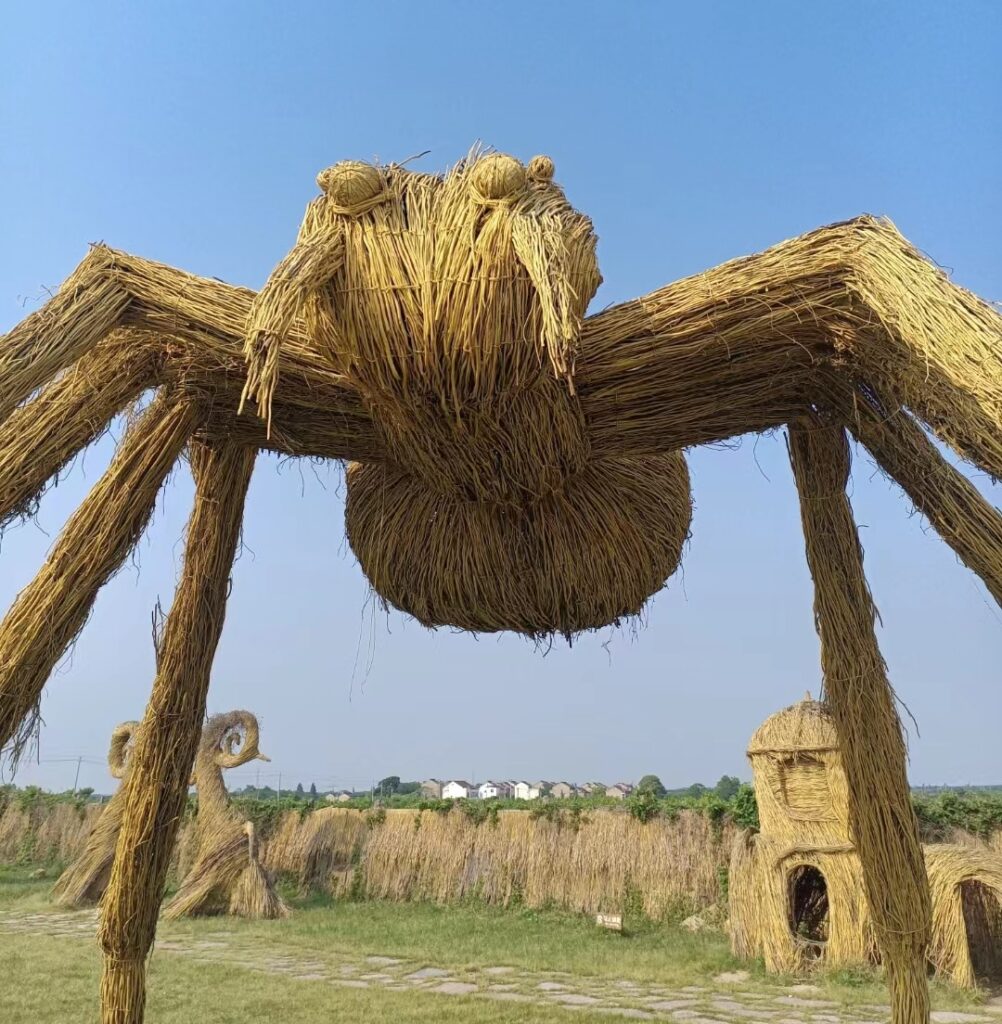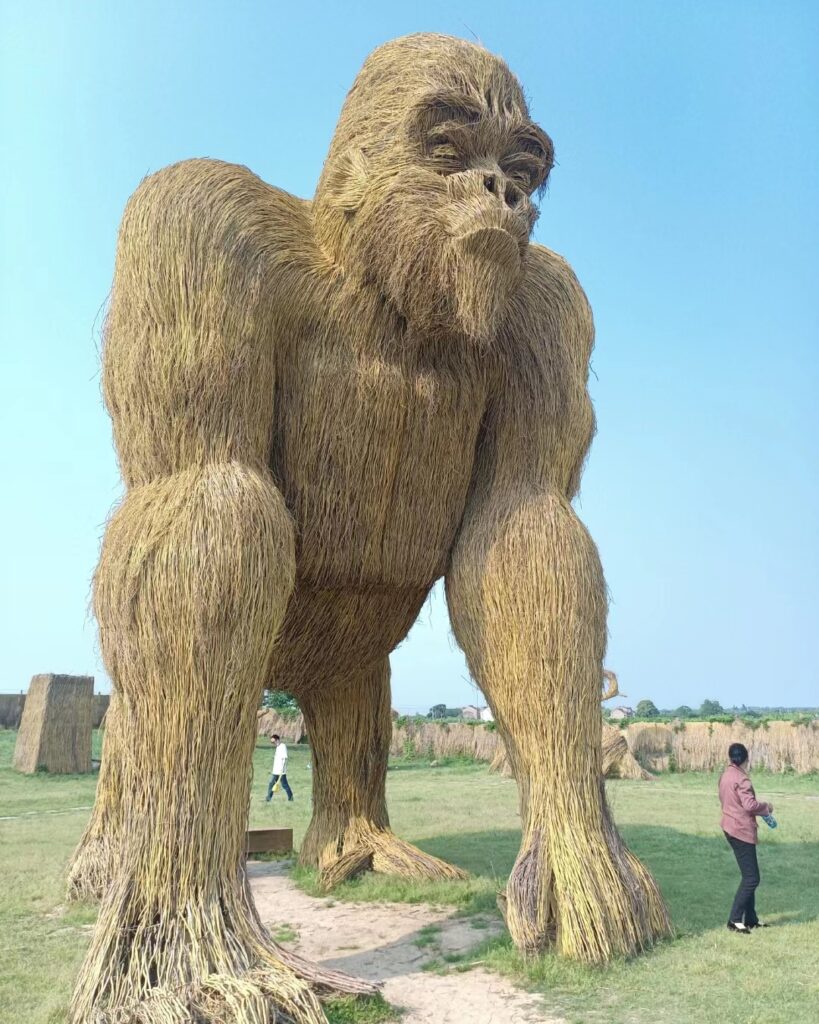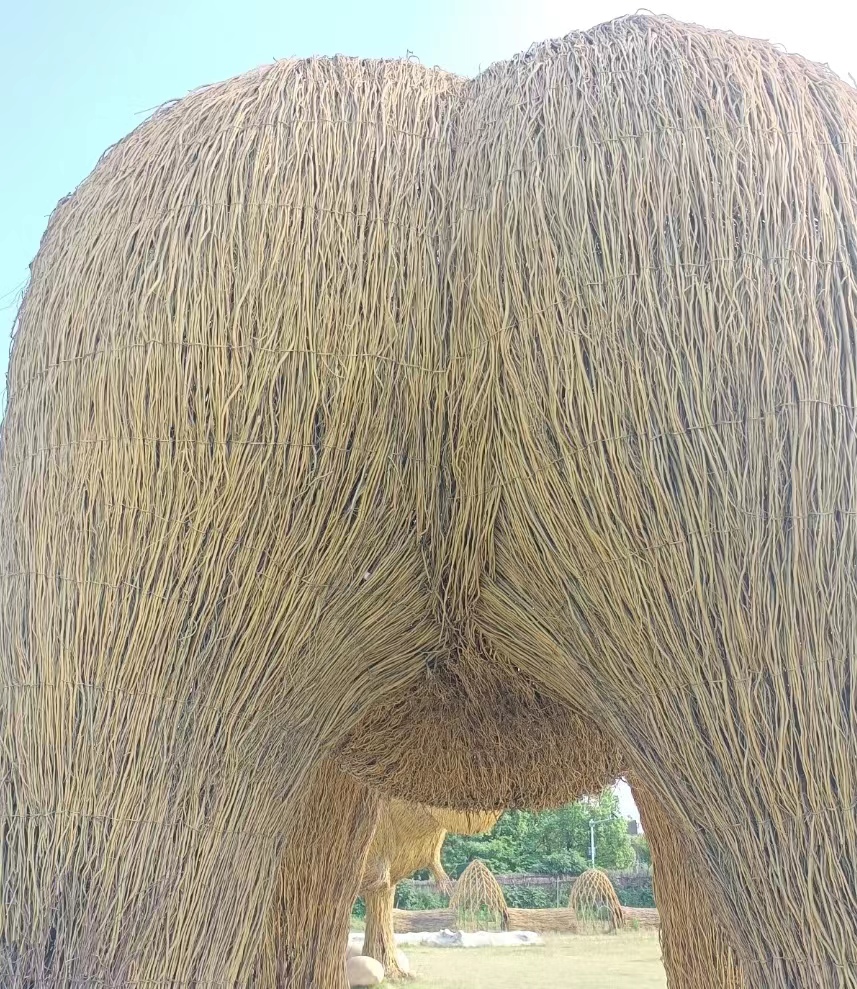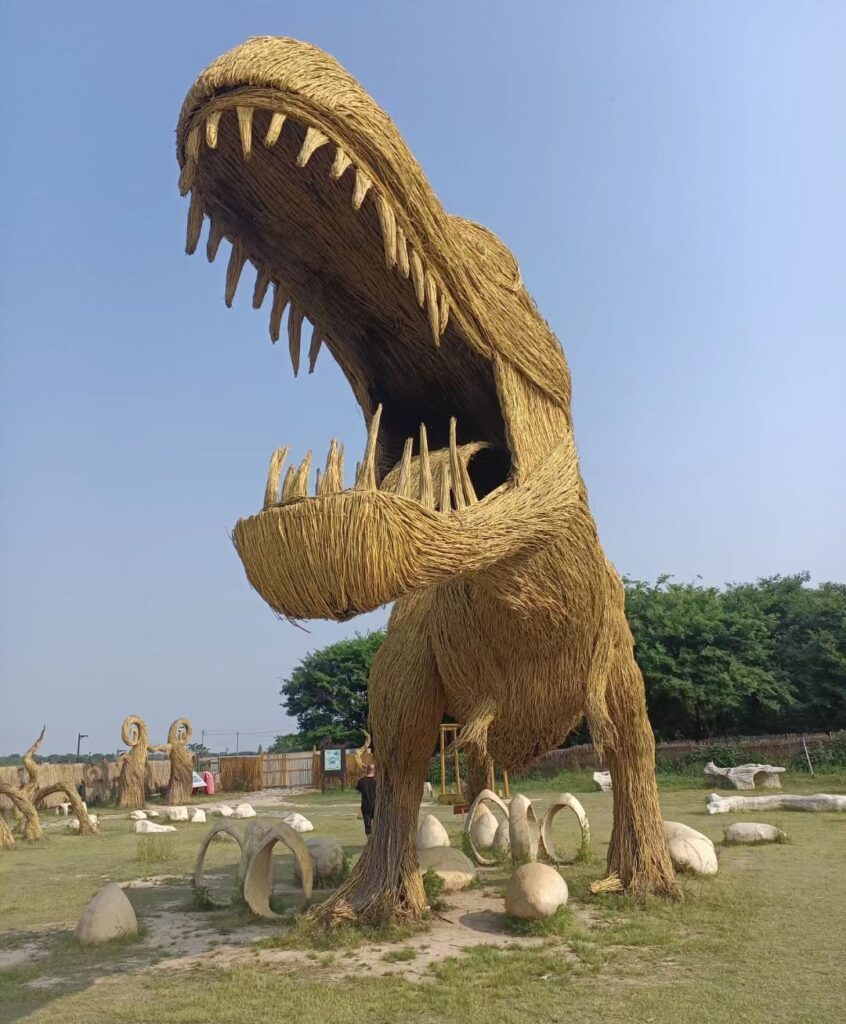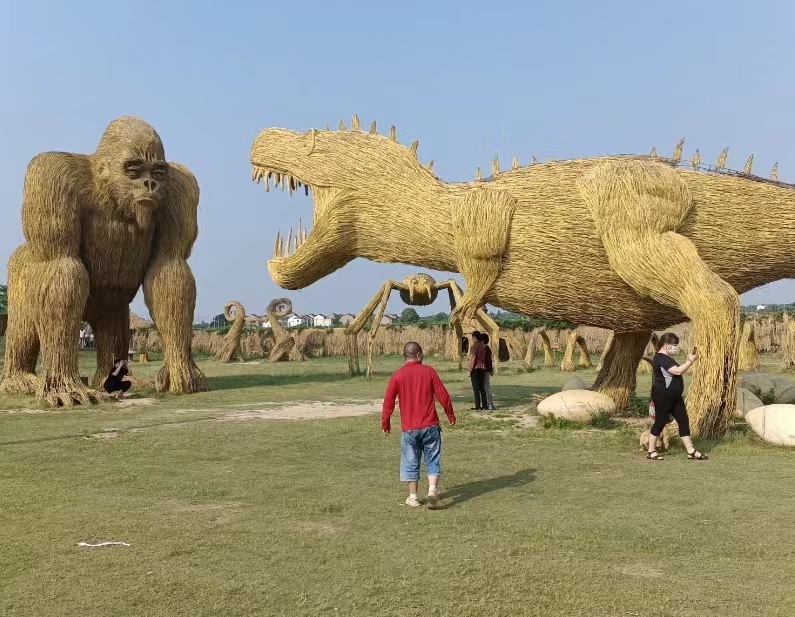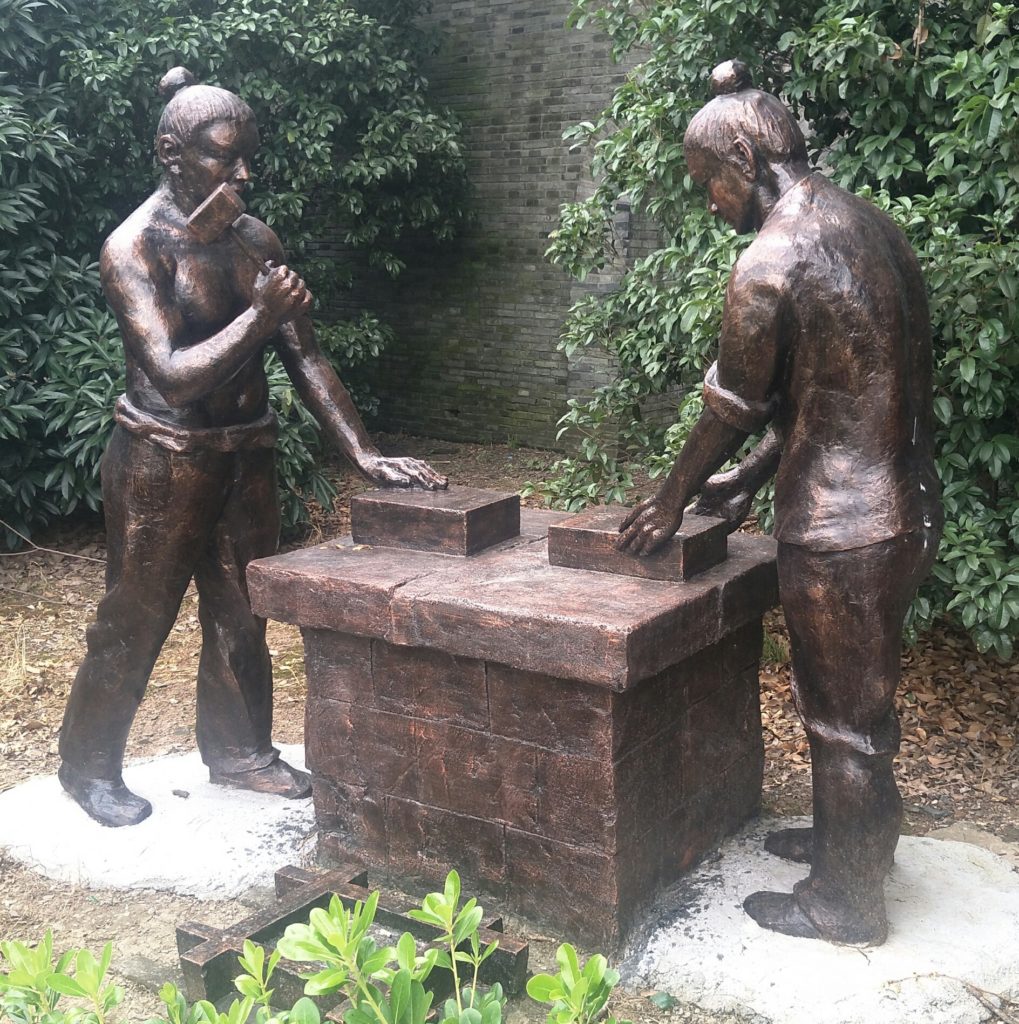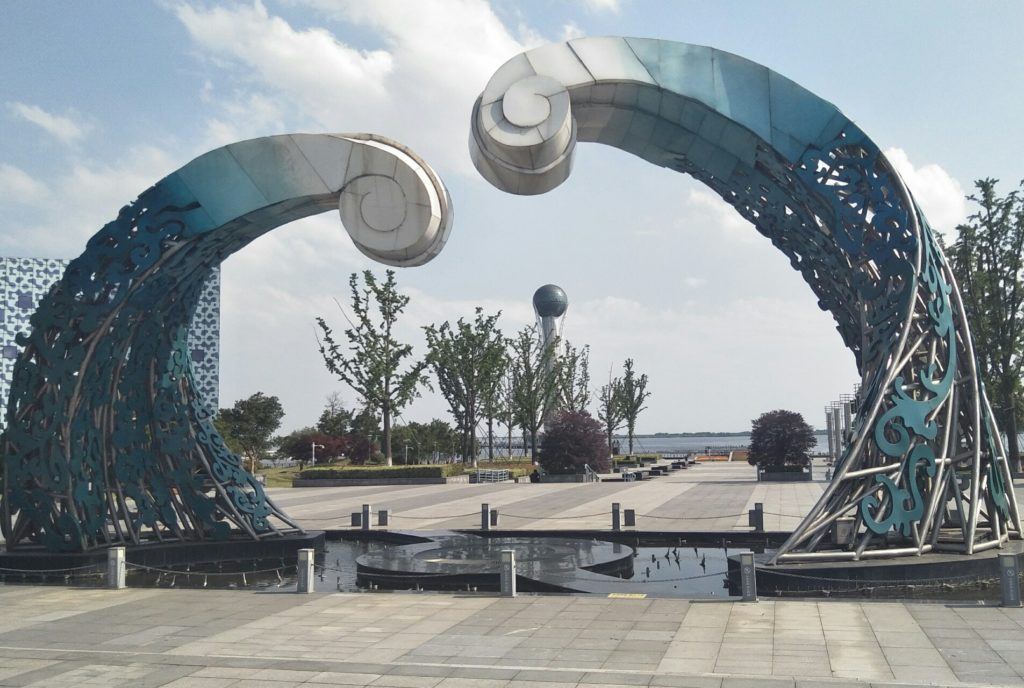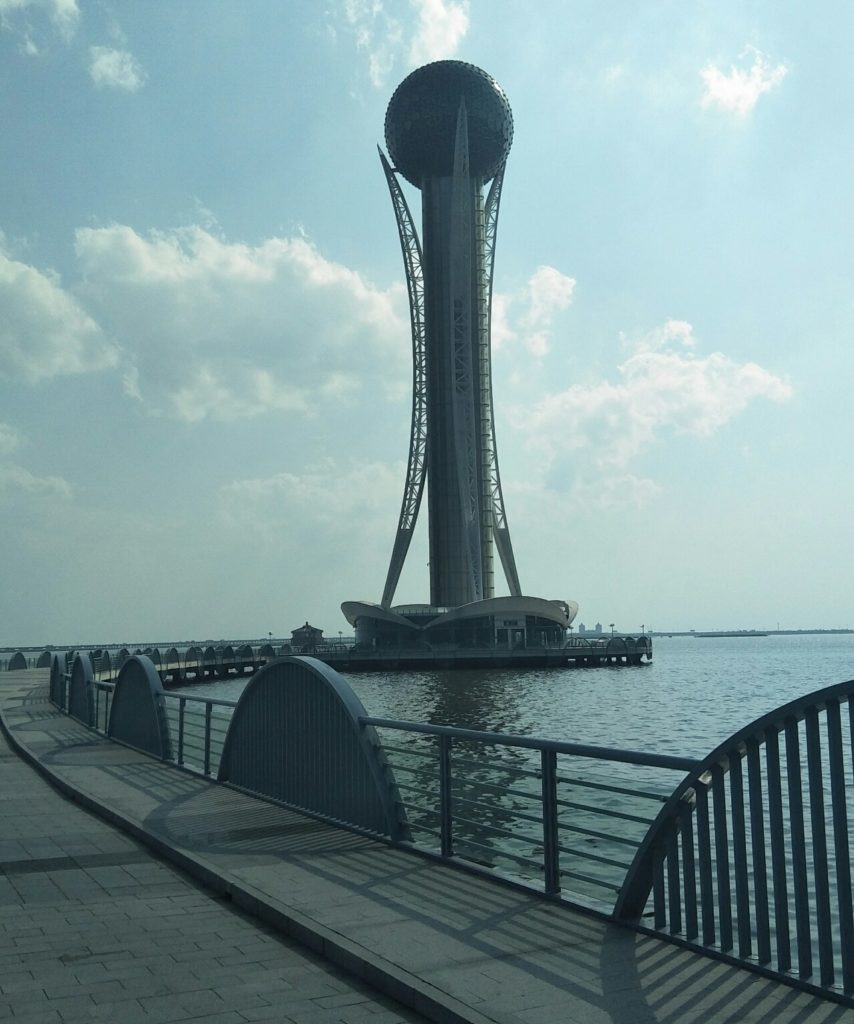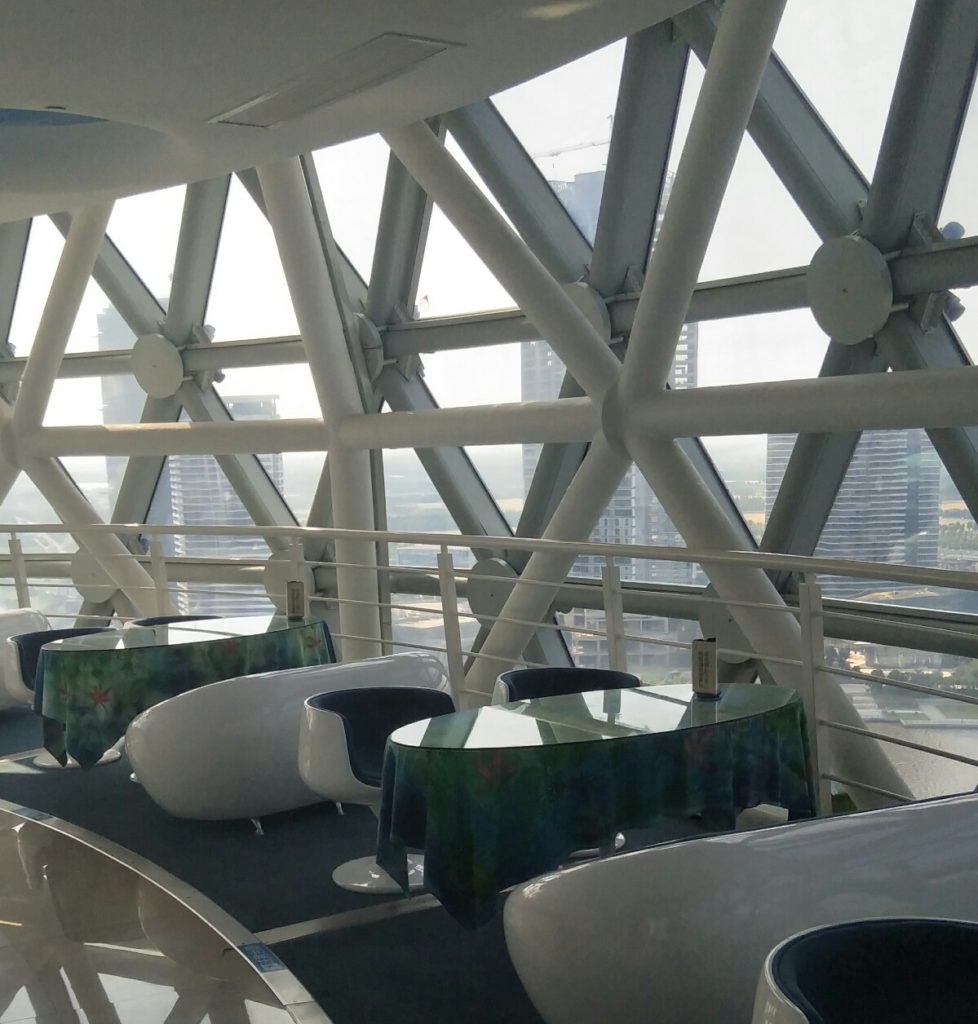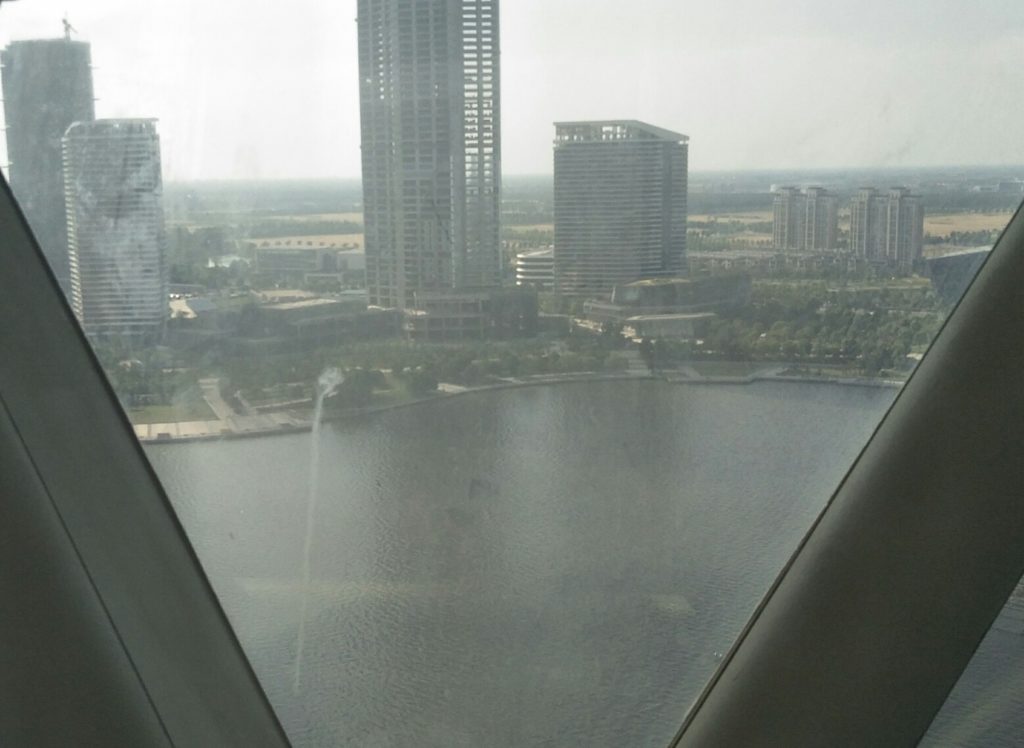How can one have an zoo where one never feeds the animals, never cleans up their poop, or never actually render any tender loving care? All while never getting in trouble with the authorities or locals who care deeply about creature welfare? The answer is quite simple: create a fake zoo with totally fake animals. I don’t mean once living animals that have been preserved via taxidermy. That would be highly expensive to do and hard to pull off in an outdoor setting; besides, that would also be highly creepy to the point of possibly scaring small children, too. So, why not just fabricate some “allegedly” cute animals and put them in cages?
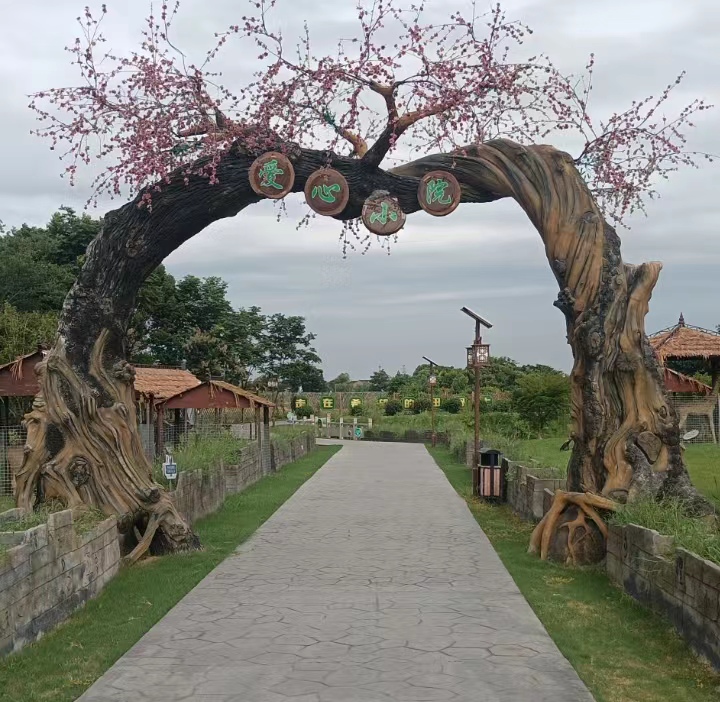
Such a place actually exists in Changzhou, and it’s in Xishu Village 西墅村 that’s incorporated into the town of Huangli 湟里镇. This would be in Wujin, but on the strip of land between West Tai / Gehu and Changdang Lakes. Xishu can easily be classed as a demonstration village. This term refers to tiny little towns that a greater municipal authority invests a lot of money into as a way to promote rural tourism. Next to Xinbei, Jiangyin has done something similar with the rather surreal Beardtown.
There is more to Xishu than just a fake zoo. There’s the obligatory patriotic statue, a memorial to a brick kiln, and more. It’s just the fake zoo is the weirdest thing there. Consider some of these pictures.
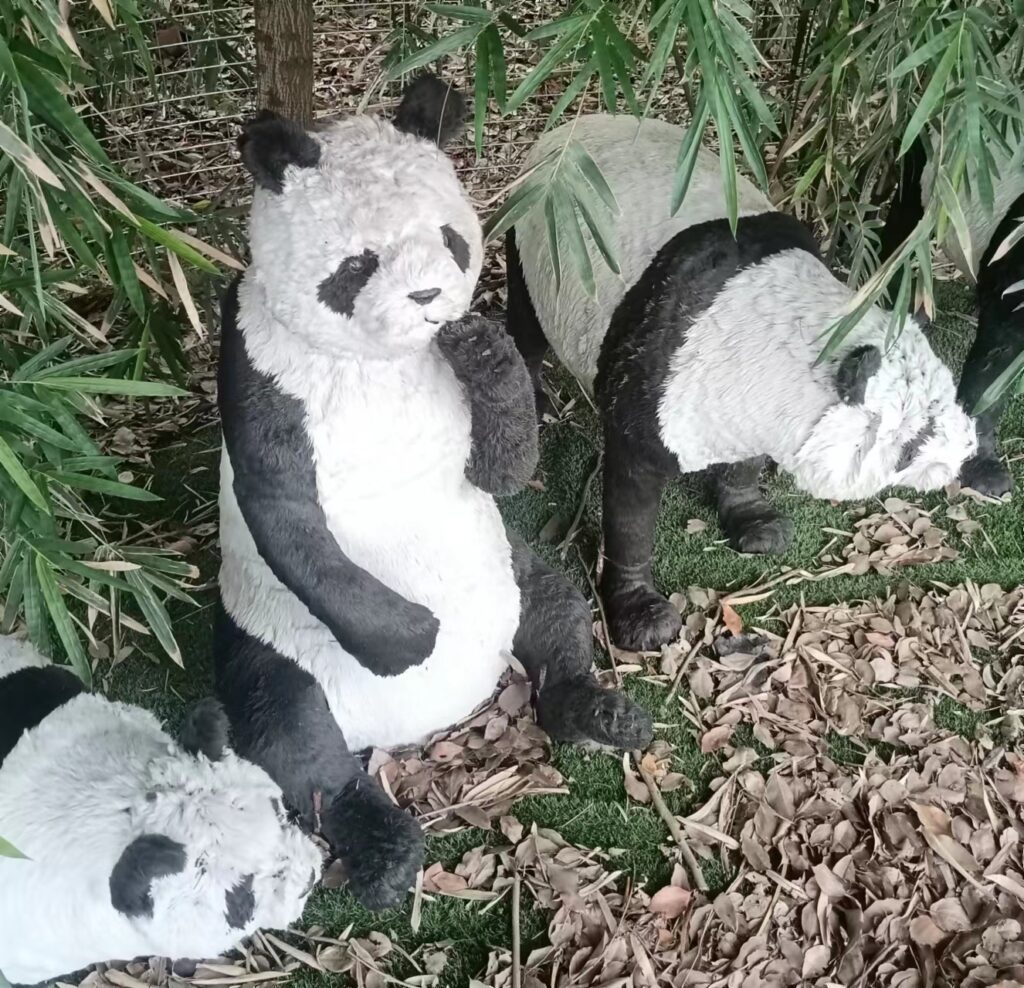
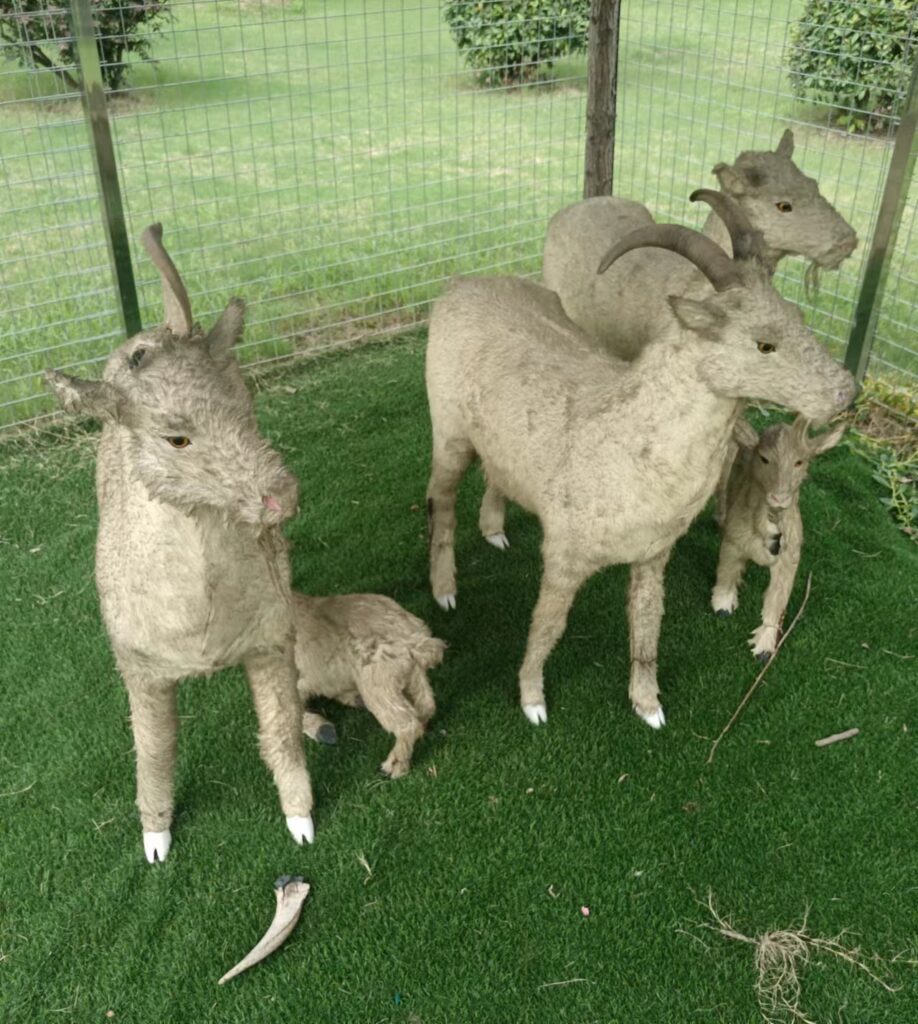
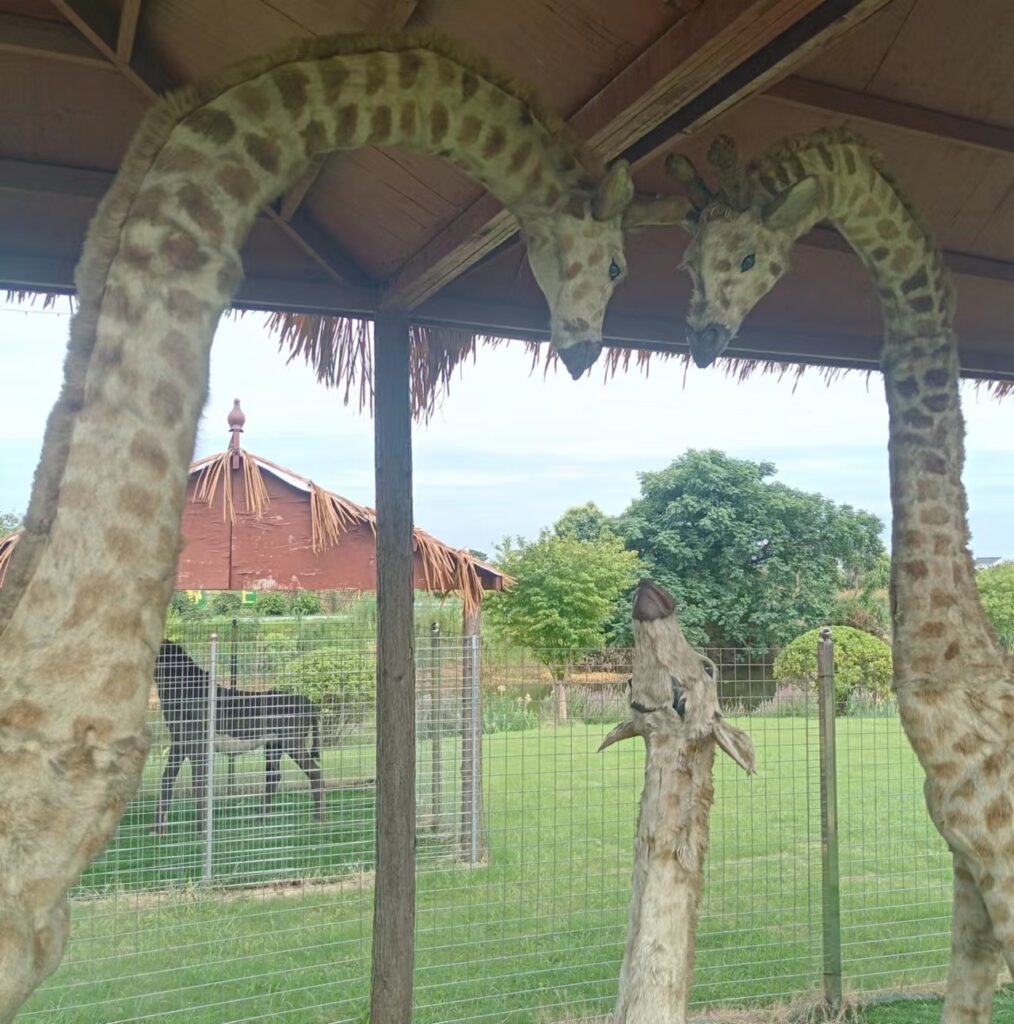
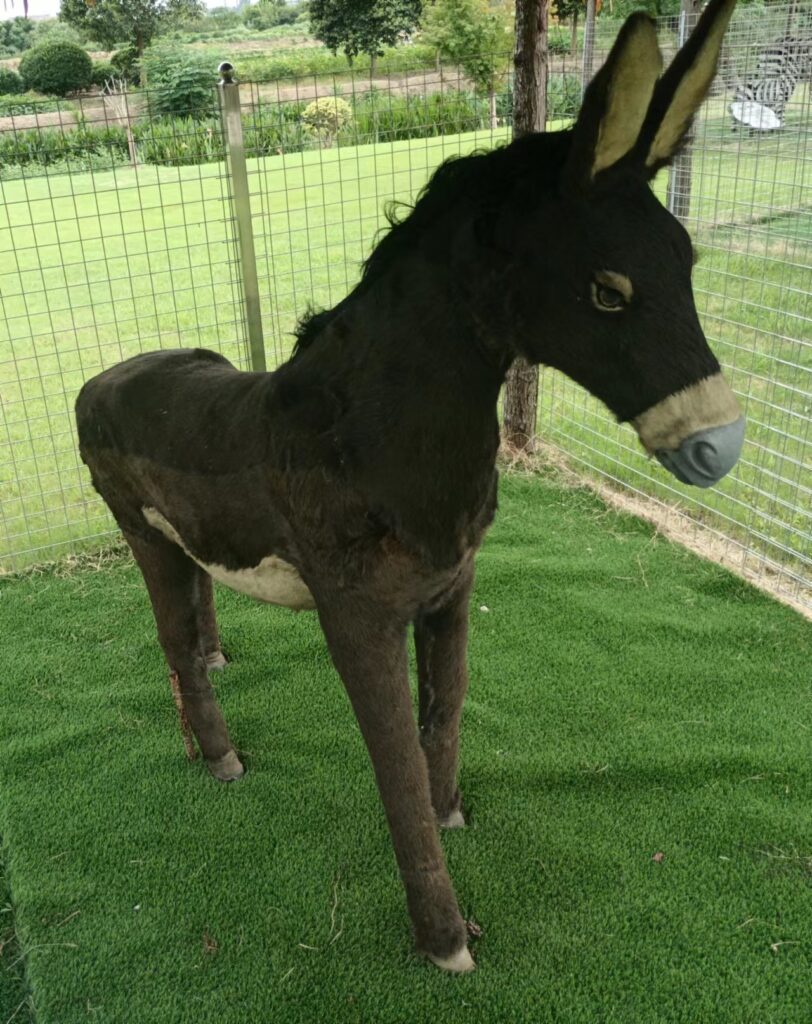
This donkey is one of the funniest things in this tiny little spot. Each of these enclosures with a fake animal comes with a sign that purports something the creature is trying to say to a visitor. The donkey’s message is bit odd.
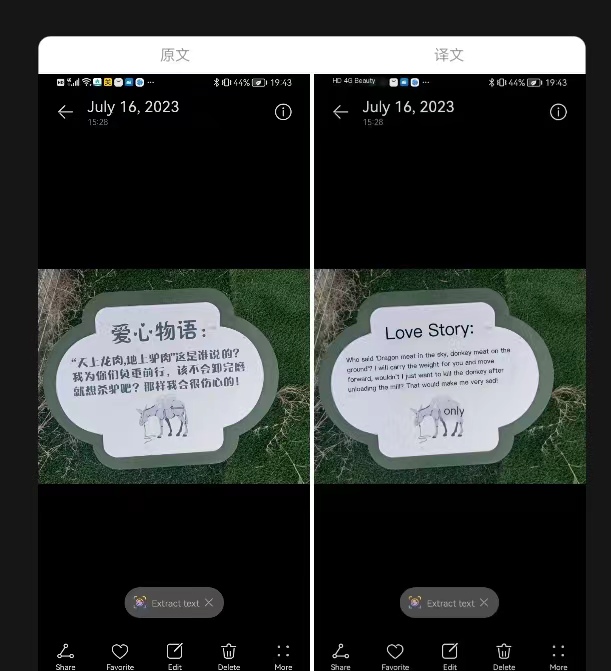
To paraphrase the translation: I am such a useful animal. I carry heavy things around for you guys, and people still want to eat me because you think I am delicious. It makes me so sad!
